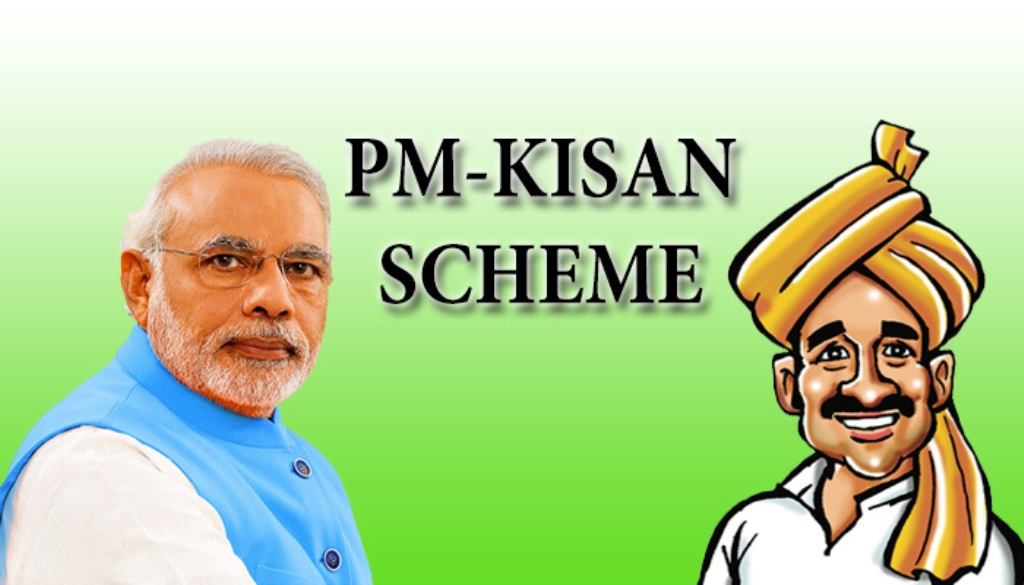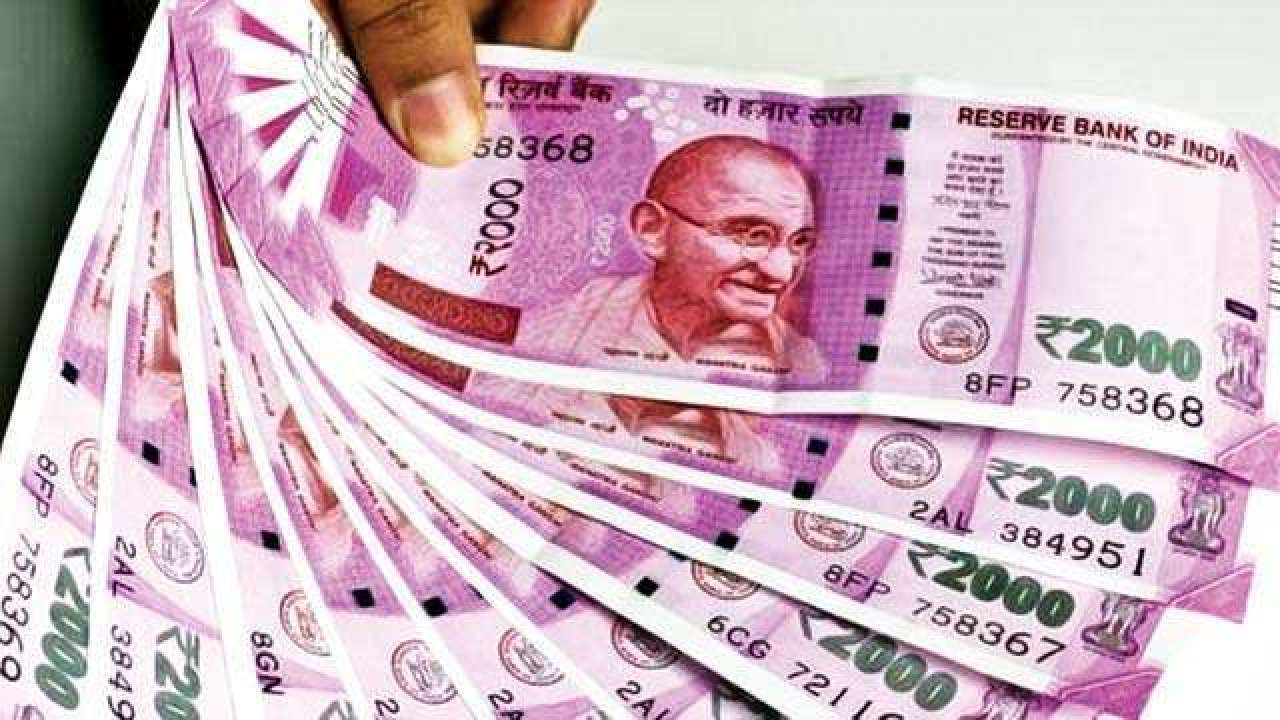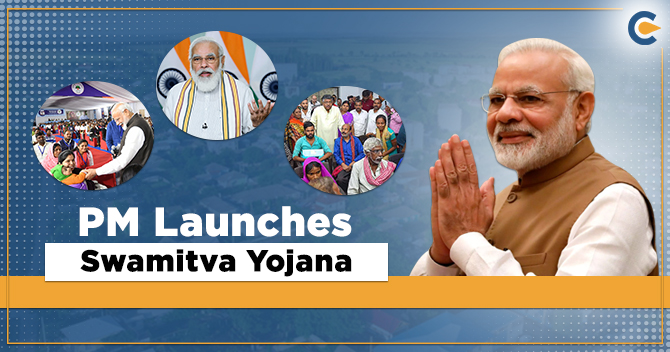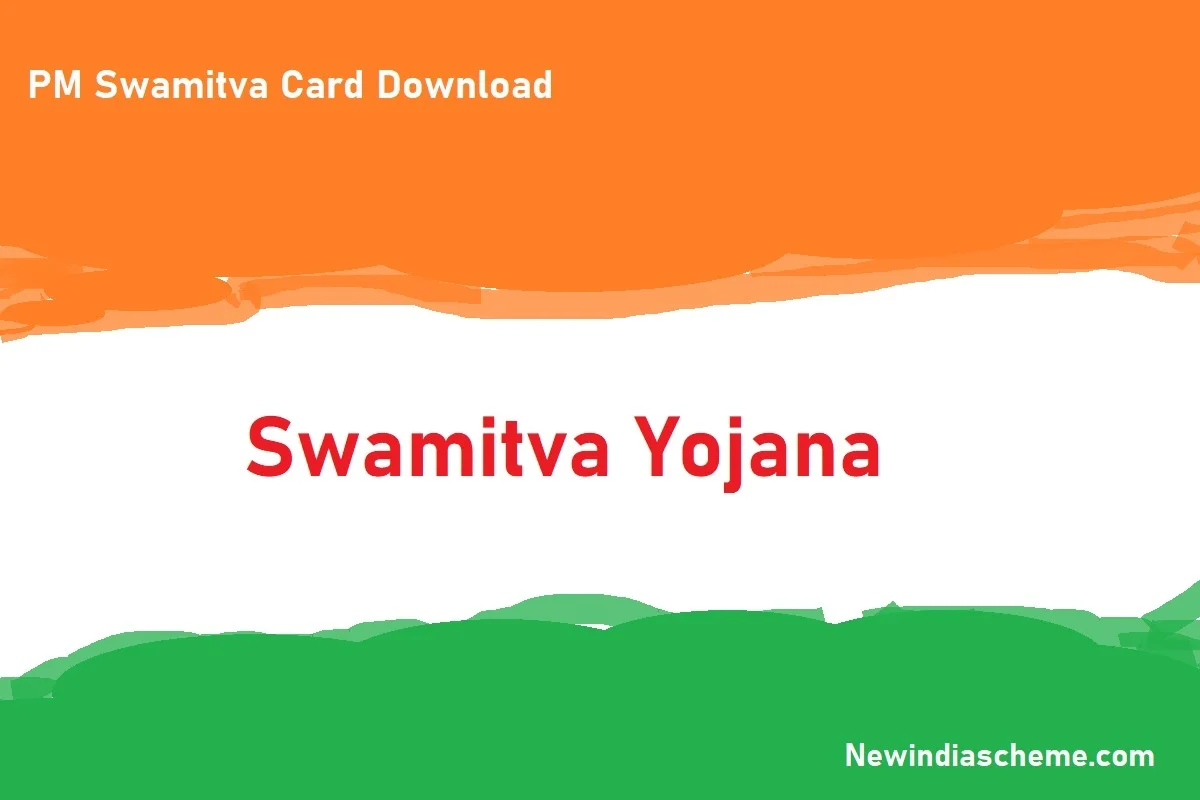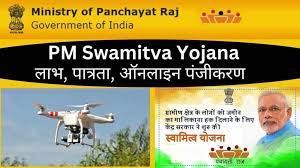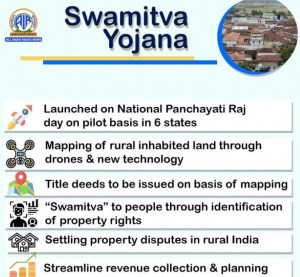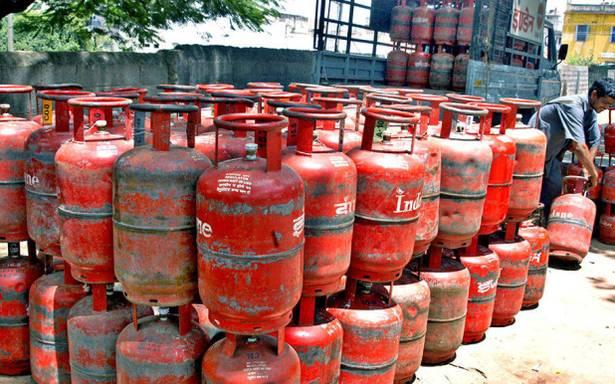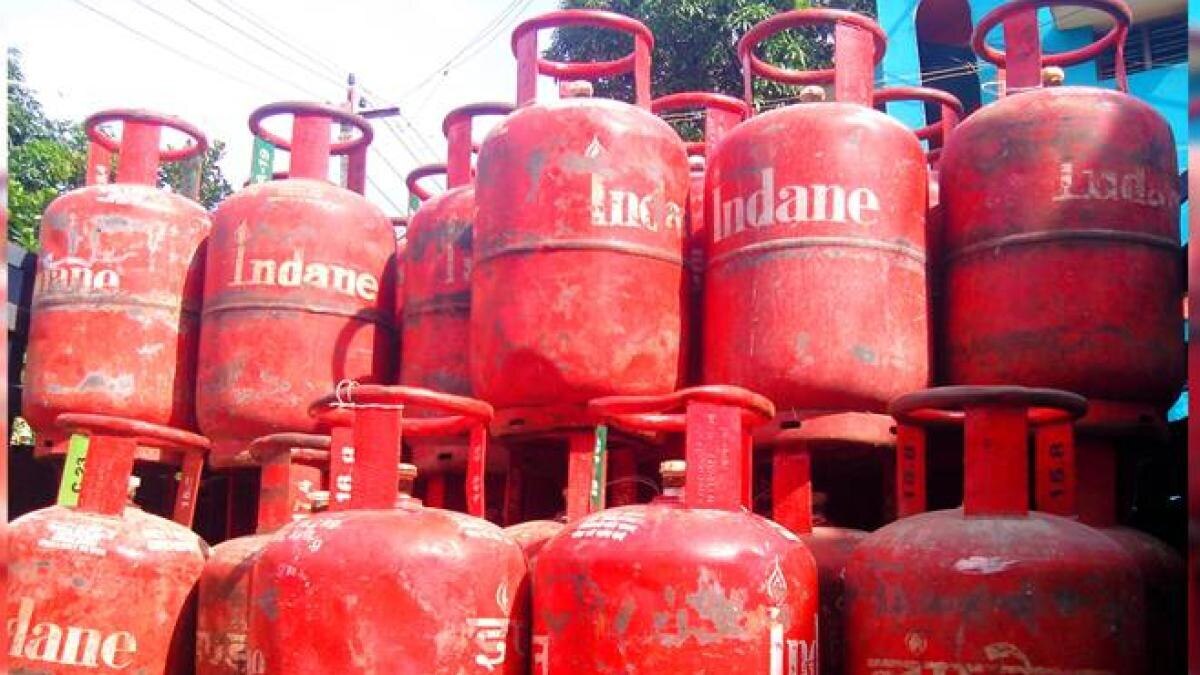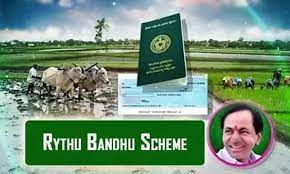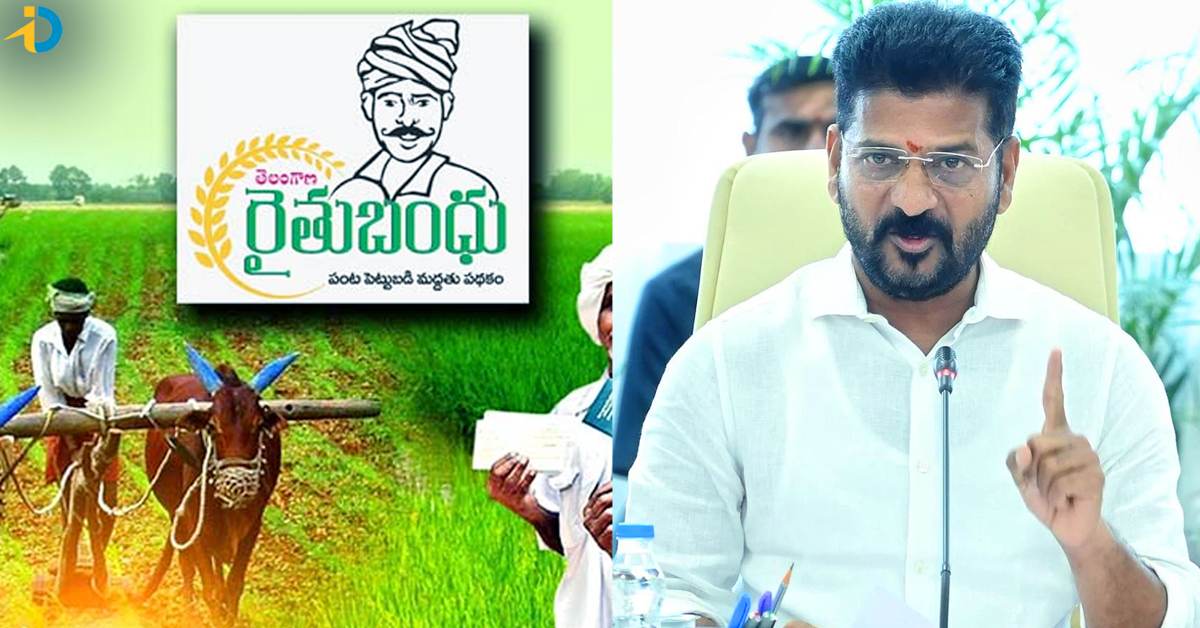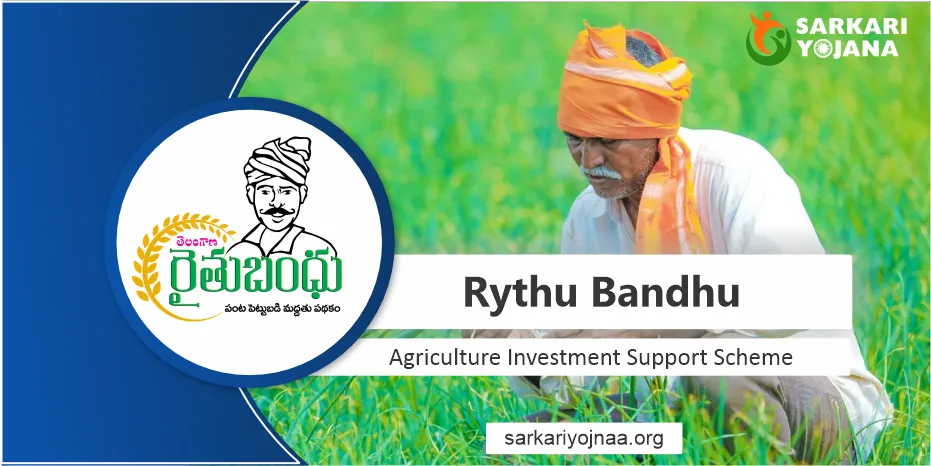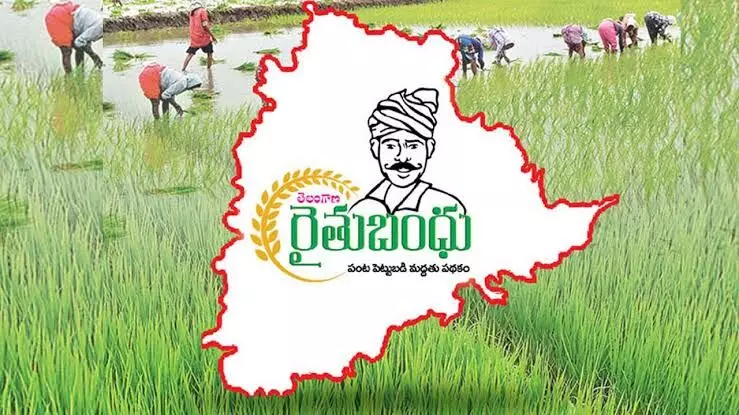Introduction to Real Estate Investment
Real estate investment involves purchasing, owning, and managing properties with the aim of generating rental income, capital appreciation, or both. Unlike other investment vehicles, real estate offers tangible assets that can provide long-term financial stability and wealth accumulation. However, successful real estate investment requires a thorough understanding of key factors that influence property performance and market dynamics.
Location
One of the most critical factors to consider when investing in real estate is the location of the property. The location not only determines the property’s desirability but also influences its potential for appreciation and rental income. Factors such as proximity to amenities, transportation networks, schools, and employment centers can significantly impact the property’s value and attractiveness to tenants.
Market Trends

Understanding current market trends is essential for making informed investment decisions in real estate. Monitoring factors such as supply and demand dynamics, interest rates, economic indicators, and demographic trends can provide valuable insights into market conditions and future prospects. By staying abreast of market trends, investors can identify opportunities and adjust their strategies accordingly.
Property Type
Real estate offers a diverse range of property types for investment, including residential, commercial, industrial, and mixed-use properties. Each property type has its own unique characteristics, benefits, and risks. Investors should carefully evaluate their investment goals, risk tolerance, and market conditions when selecting the right property type to ensure alignment with their objectives.
Financial Stability
Financial stability is a crucial consideration for real estate investment. Investors should assess their financial position, including their creditworthiness, cash reserves, and debt-to-income ratio, before committing to an investment. Having a solid financial foundation not only enhances investment opportunities but also provides a buffer against market fluctuations and unforeseen expenses.
Return on Investment (ROI)
Calculating and maximizing return on investment (ROI) is fundamental to real estate investment success. ROI measures the profitability of an investment relative to its cost and is a key determinant of investment performance. Investors should analyze potential returns from rental income, property appreciation, tax benefits, and other sources to evaluate the viability of an investment opportunity.
Rental Potential
Rental potential plays a significant role in real estate investment decision-making, particularly for income-oriented investors. Assessing the rental potential of a property involves analyzing factors such as rental demand, market rents, vacancy rates, and tenant preferences. Properties with high rental potential are more likely to generate consistent cash flow and long-term returns for investors.
Future Development Plans
Anticipating future development plans in the vicinity of a property is crucial for evaluating its long-term growth potential. Infrastructure projects, urban redevelopment initiatives, and zoning changes can significantly impact property values and investment returns. Investors should research local planning authorities and consult with real estate professionals to stay informed about future development trends.
Regulatory Environment
Navigating the regulatory environment is an essential aspect of real estate investment. Investors should familiarize themselves with local zoning regulations, building codes, landlord-tenant laws, and tax policies that govern property ownership and management. Compliance with regulatory requirements is critical to avoiding legal issues and safeguarding investment interests.
Property Condition
The condition of a property is a key consideration for investors, as it can affect its market value, rental potential, and maintenance costs. Conducting a thorough inspection of the property, including its structural integrity, mechanical systems, and aesthetic appeal, is essential for identifying any issues or deficiencies. Investing in well-maintained properties with good structural integrity can minimize risks and enhance long-term value.
Risk Assessment
Real estate investment entails inherent risks that investors must carefully assess and manage. Risks such as market volatility, economic downturns, tenant turnover, and property damage can impact investment performance. Implementing risk mitigation strategies, such as diversification, insurance coverage, and contingency planning, can help protect against potential losses and preserve investment capital.
Liquidity
Liquidity refers to the ease with which an asset can be bought or sold without significantly affecting its price. Real estate is generally considered less liquid than other investment assets, such as stocks or bonds, due to longer transaction times and higher transaction costs. Investors should consider their liquidity needs and investment horizon when allocating capital to real estate to ensure they have sufficient flexibility and access to funds when needed.
Tax Implications
Understanding the tax implications of real estate investment is essential for optimizing tax efficiency and maximizing after-tax returns. Tax laws vary by jurisdiction and can have significant implications for property ownership, rental income, capital gains, and deductions. Consulting with tax professionals or financial advisors can help investors develop tax-efficient investment strategies and leverage available tax benefits.
Diversification
Diversification is a fundamental principle of investment strategy that involves spreading investment capital across different asset classes to reduce overall risk. In the context of real estate investment, diversification can be achieved by investing in properties with varying characteristics, locations, and market exposures. By diversifying their real estate portfolio, investors can mitigate specific risks associated with individual properties or market segments.
Exit Strategy
Having a clear exit strategy is essential for real estate investors to manage their investment lifecycle effectively. Whether it’s selling a property, refinancing, or transitioning to a different investment strategy, having a well-defined exit plan allows investors to capitalize on market opportunities and adapt to changing circumstances. Investors should consider their long-term goals, market conditions, and investment performance when formulating an exit strategy.
Conclusion
Investing in real estate offers numerous opportunities for wealth creation, passive income generation, and portfolio diversification. However, successful real estate investment requires careful consideration of various factors, including location, market trends, property type, financial stability, ROI, rental potential, regulatory environment, property condition, risk assessment, liquidity, tax implications, diversification, and exit strategy. By thoroughly evaluating these factors and implementing sound investment strategies, investors can maximize returns, minimize risks, and achieve their long-term financial goals through real estate investment.


















